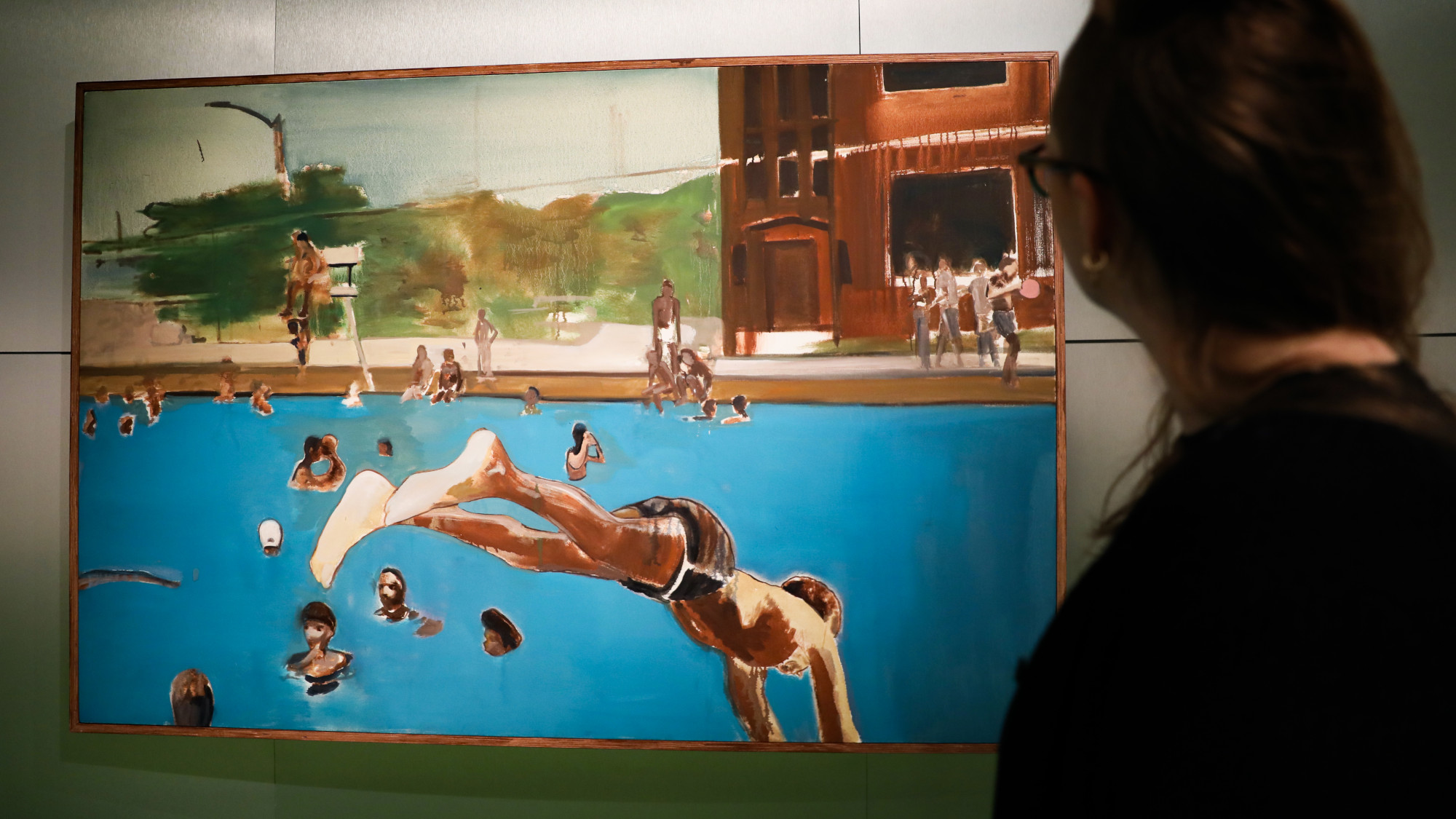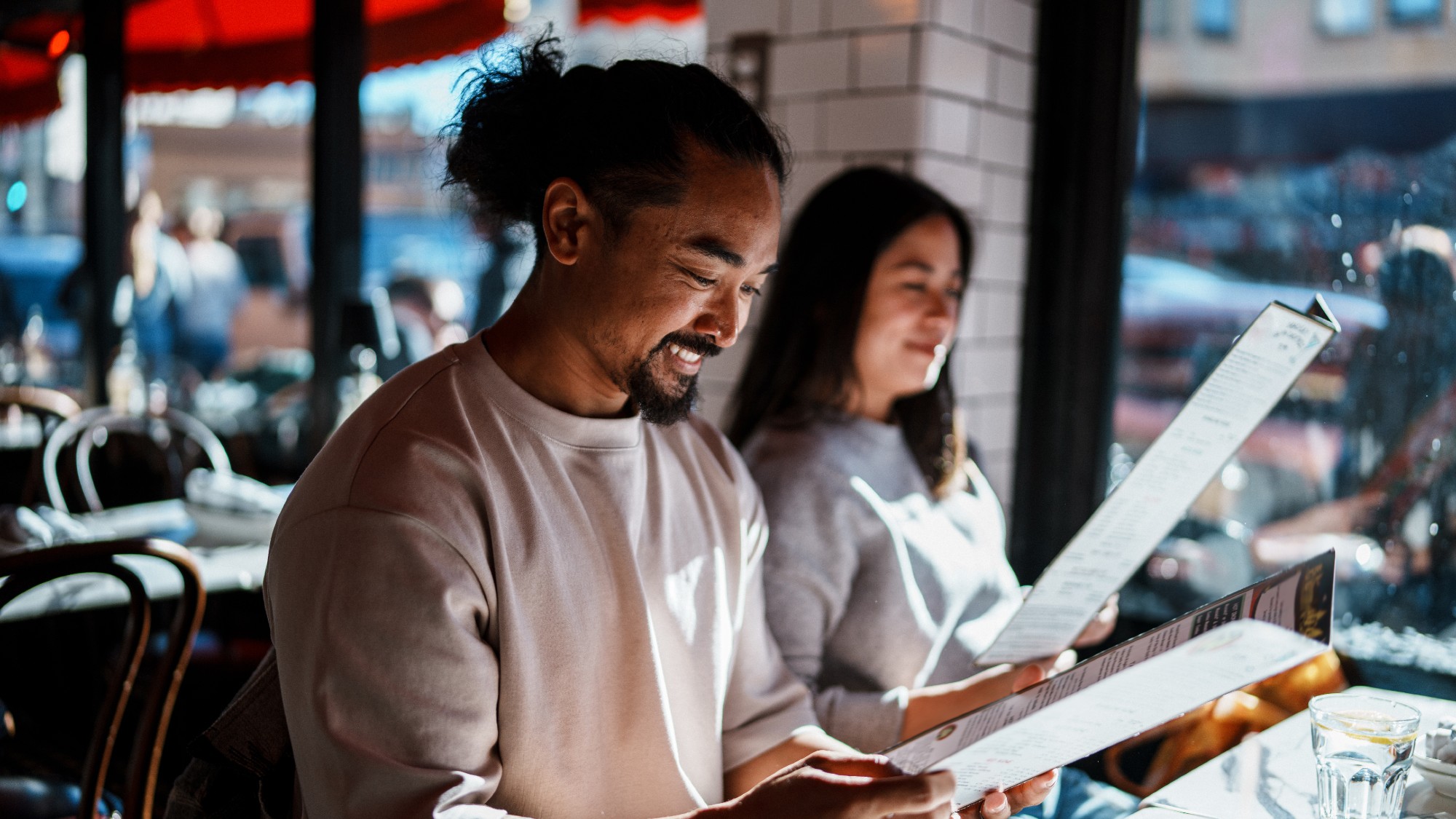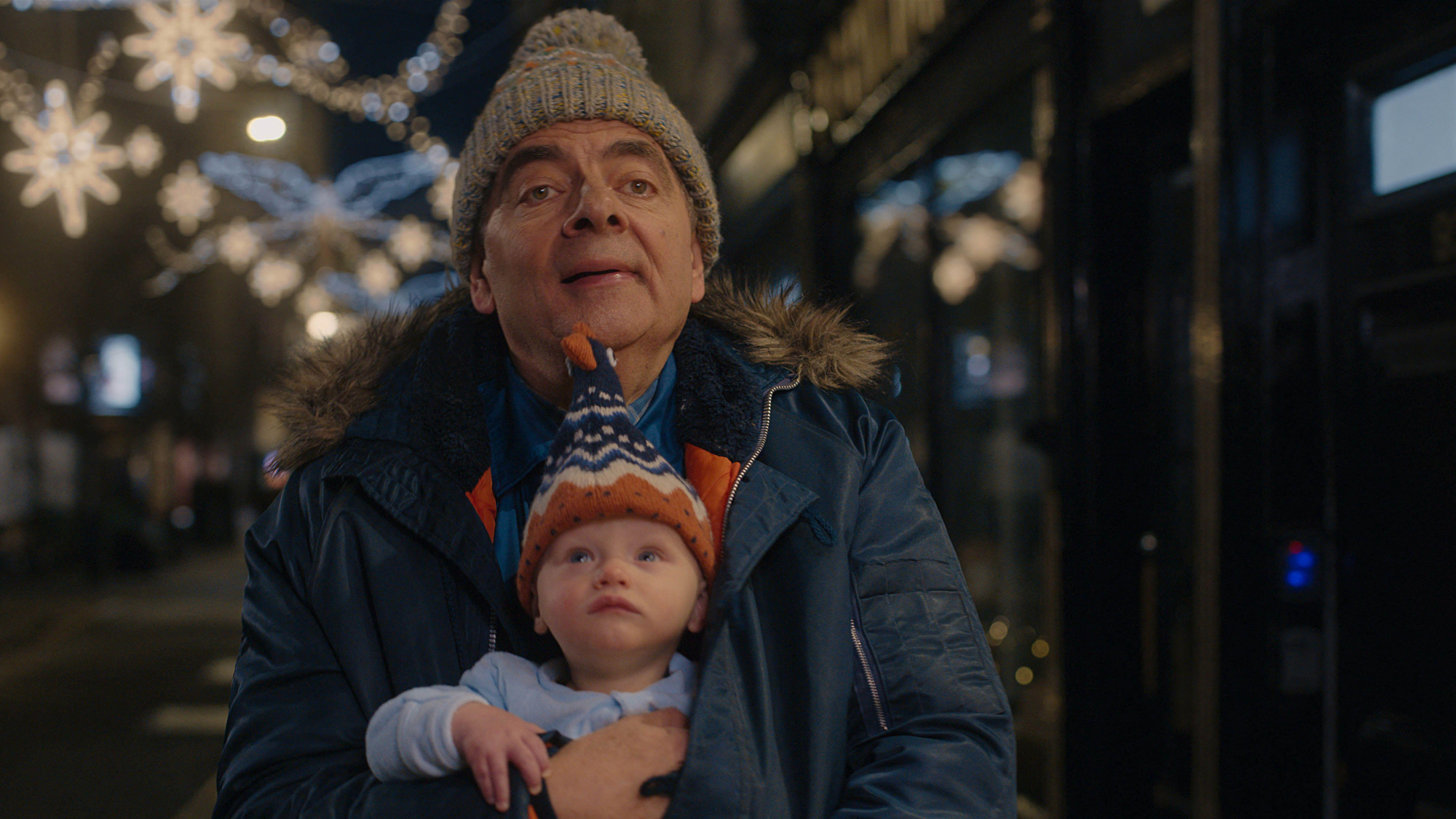Art review: Noah Davis
Hammer Museum, Los Angeles, through Aug. 31

"If it's true the flame that burns twice as bright burns half as long, Noah Davis is that flame," said Jordan Riefe in Art & Object. The Seattle native briefly studied art in New York City, arrived in Los Angeles at 21, and "400 artworks later," died of cancer at just 32. He had earned his first New York gallery show in his mid-20s, and with his wife, the sculptor Karon Davis, he also founded the Underground Museum, in an art-starved Black and Latino section of L.A. His first museum retrospective, which has already shown in London and will move to Philadelphia in January, gathers 60 of his works, many mixing quotidian moments in the lives of Black Americans with touches of magic. "So many of his paintings," said Hunter Drohojowska-Philp in Alta, "are made as though he's seeing everything as a miracle of the moment."
Given how young Davis was, "the show's three dozen paintings are understandably uneven," said Christopher Knight in the Los Angeles Times. "But when Davis was good, he was very good indeed." In an early painting, 40 Acres and a Unicorn, a young Black man sits astride the mythical creature, and it reads both as a rebuke of white America for its broken promises and as Davis' assertion that art will make his own dreams come true. Here and elsewhere, Davis subtly references past masterworks of Western art to put his images in conversation with that history. Nowhere are the resulting tensions more evident than in 1975 (8), the "knockout" eighth painting in a 2013 series based on photos Davis' mother took in the mid-1970s. This canvas depicts a young Black male swimmer diving into a public pool, and it nods to the many paintings from the past in which bathers evoke "a pastoral, prelapsarian paradise." But it also brings to mind not-so-distant conflicts in which white communities drained their public pools to avoiding having to share them with their Black neighbors.
"Are these paintings political?" asked Walker Mimms in The New York Times. As you move through the exhibition, the curators' wall placards are "drip-feeding the notion that this is, generally speaking, activist art." But Davis' paintings "do so much more than make strategic corrections of representation." He created "a sophisticated folk modernism" that suggests he's best understood as a formalist carrying on in the line of Edward Hopper—or even Mark Rothko, if you focus on "the quietness of Davis' colors." In any case, a "quivering luminescence" enlivens "the most beautiful of Davis' work," and seeing this show "leaves you with some heartache for the 50 years this star ought to have had left."
The Week
Escape your echo chamber. Get the facts behind the news, plus analysis from multiple perspectives.

Sign up for The Week's Free Newsletters
From our morning news briefing to a weekly Good News Newsletter, get the best of The Week delivered directly to your inbox.
From our morning news briefing to a weekly Good News Newsletter, get the best of The Week delivered directly to your inbox.
A free daily email with the biggest news stories of the day – and the best features from TheWeek.com
-
 8 restaurants that are exactly what you need this winter
8 restaurants that are exactly what you need this winterThe Week Recommends Old standards and exciting newcomers alike
-
 ‘This is a structural weakening of elder protections’
‘This is a structural weakening of elder protections’Instant Opinion Opinion, comment and editorials of the day
-
 4 tips to safeguard your accounts against data breaches
4 tips to safeguard your accounts against data breachesThe Explainer Even once you have been victimized, there are steps you can take to minimize the damage
-
 Nine best TV shows of the year
Nine best TV shows of the yearThe Week Recommends From Adolescence to Amandaland
-
 Winter holidays in the snow and sun
Winter holidays in the snow and sunThe Week Recommends Escape the dark, cold days with the perfect getaway
-
 The best homes of the year
The best homes of the yearFeature Featuring a former helicopter engine repair workshop in Washington, D.C. and high-rise living in San Francisco
-
 Critics’ choice: The year’s top 10 movies
Critics’ choice: The year’s top 10 moviesFeature ‘One Battle After Another’ and ‘It Was Just an Accident’ stand out
-
 A luxury walking tour in Western Australia
A luxury walking tour in Western AustraliaThe Week Recommends Walk through an ‘ancient forest’ and listen to the ‘gentle hushing’ of the upper canopy
-
 Joanna Trollope: novelist who had a No. 1 bestseller with The Rector’s Wife
Joanna Trollope: novelist who had a No. 1 bestseller with The Rector’s WifeIn the Spotlight Trollope found fame with intelligent novels about the dramas and dilemmas of modern women
-
 Appetites now: 2025 in food trends
Appetites now: 2025 in food trendsFeature From dining alone to matcha mania to milk’s comeback
-
 Man vs Baby: Rowan Atkinson stars in an accidental adoption comedy
Man vs Baby: Rowan Atkinson stars in an accidental adoption comedyTalking Point Sequel to Man vs Bee is ‘nauseatingly schmaltzy’